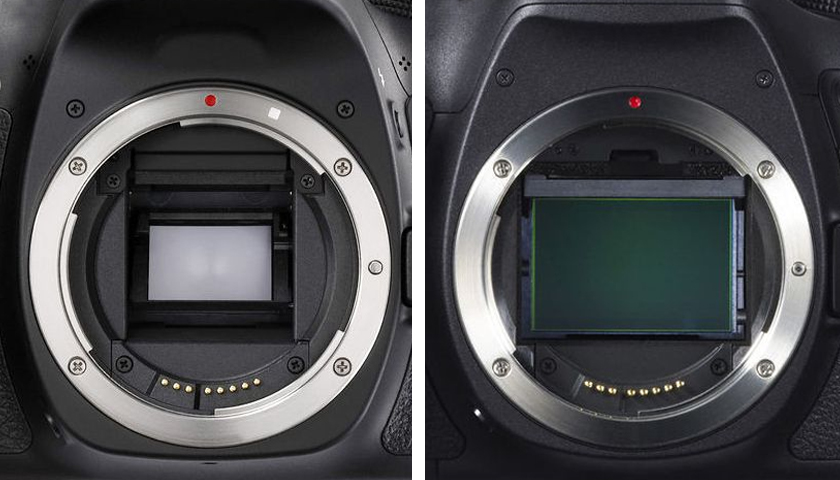

This crop factor is the most significant limitation of the APS-C sensor.
#Full frame vs aps c full#
The APS-C format has a 1.5/1.6 crop factor, resulting in an image of a much tighter composition that has a feeling of being zoomed in when compared with the same scene in a Full Frame camera. This smaller sensor, which is characteristic of the APS-C format, results in a smaller area to capture the desired scene compared to the Full Frame sensor. However, it was later adopted by the booming digital camera industry as a cheaper and easier to manufacture alternative to the larger Full Frame sensors.

Its aim was initially the amateur point and shoot cameras. On the other hand, the much more recent APS-C format appeared as a film format in 1996 by Kodak. However, it managed to hit a sweet spot between sufficient frame size and portability. In terms of size, the Full Frame sensor follows the traditional dimensions introduced by film photography in the early 20th century by the 35mm film, which is 36 x 24 mm per frame.Īt the time of its introduction as a format (back in 1927 by Leica), it was smaller than many existing films. These two different sensor formats dictate multiple key parameters of the resulting digitals photographs, and I’d like to discuss these important differences in this article. Modern DSLRs and mirrorless cameras can be easily categorized in terms of their sensor by the two most common formats available currently, the Full Frame (35mm) and the smaller APS-C. Watch Becki & Chris explain the difference between Full Frame vs APS-C Sensor


 0 kommentar(er)
0 kommentar(er)
